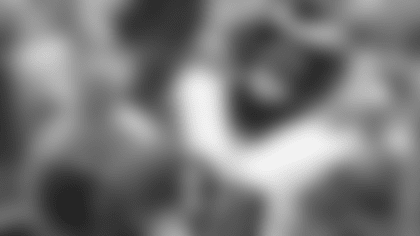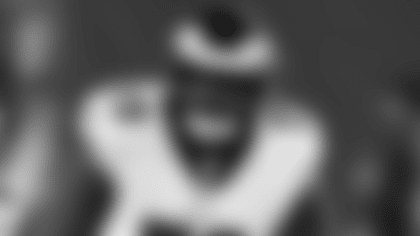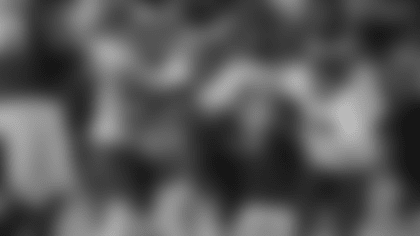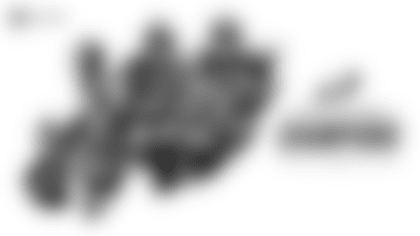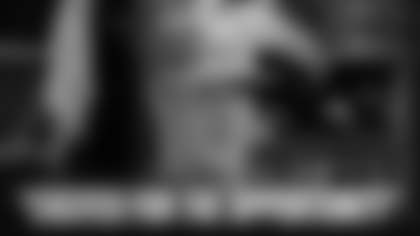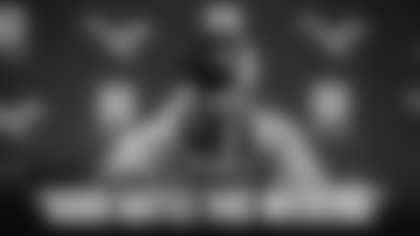1991 was the season when everything finally came together. Buddy Ryan began building the defense when he arrived as head coach in 1986. He made some brilliant draft picks and got the defense near the top of the league, but that wasn't enough to save his job after the 1990 season.
Bud Carson took over the Eagles' defense after Ryan's dismissal and was the right man to give the group the final push it needed. The defense was more disciplined and made fewer mistakes. That helped Gang Green go from talented, but erratic, to dominant for an entire season.
The 1991 Philadelphia Eagles finished first against the run, the pass, and in total defense. The previous defense to accomplish that was the 1975 Vikings. No team has done it since the Eagles. Building a great run-stopping unit or pass defense is one thing, but having a contingent that can shut down everything is rare. The 1991 Eagles had just that - a historic defense, one that had a lot of great pieces.
The Eagles still used Ryan's 46 defense, but also mixed in Carson's ideas on different fronts, coverages, and blitzes. Carson is the man who brought the Cover 2 defense to the NFL and he helped build the Steel Curtain in Pittsburgh, so he was incredibly accomplished in his own right. He was handed great talent and knew how to take advantage of it.
Everything started up front. Defensive ends Reggie White and Clyde Simmons, and defensive tackle Jerome Brown formed one of the greatest defensive line trios in the history of the league. They combined for almost 350 career sacks. That is mindblowing. Mike Pitts and Mike Golic rounded out the defensive line and helped Gang Green control the line of scrimmage.
White combined size, strength, and athleticism unlike anyone the NFL had ever seen to that point. There just weren't any offensive linemen who could consistently block him. White drew double- and even some triple-teams, which left Simmons facing one-on-one matchups. Offenses basically had to "pick their poison" as the old saying goes. That doesn't even account for Brown, who wreaked havoc up the middle. He was so quick and powerful that blockers struggled to contain him.
Things didn't get easier at the linebacker level. Seth Joyner and William Thomas manned the outside, while Byron Evans was the anchor in the middle. Joyner had an amazing season in 1991. Sports Illustrated named him the NFL Player of the Year.
Yes, you read that right. Player. Of. The. Year.
He picked off three passes, forced six fumbles, recovered four fumbles, and came up with 6.5 sacks. Outside linebackers in a 4-3 scheme don't post numbers like that. According to Pro Football Reference, no other player in league history has put up those numbers in a single season. That's a big part of the reason Sports Illustrated gave him that honor.
Evans has always been the most underrated member of Gang Green. He was the coach on the field, which was no easy feat in Carson's complex scheme. Carson put together voluminous game plans each week. Evans had to know them inside-out, so he could get everyone lined up correctly and on the same page. Evans was as tough as he was smart and by 1991 he had also become adept in coverage. Thomas was a rookie who was a role player early on. He earned his way into the lineup and gave the team another versatile, talented weapon. Thomas was great in coverage, so backs and tight ends didn't cause problems for the Eagles.
The secondary featured a pair of punishing hitters in strong safety Andre Waters and free safety Wes Hopkins. Cornerbacks Eric Allen and Ben Smith blanketed pass catchers. Waters was a force against the run, but also solid in coverage. Hopkins patrolled the middle of the field and everyone answered to him. Runners or receivers who got to the middle of the field knew there would be a price to pay. Allen was a smooth, instinctive corner who made plays when quarterbacks were crazy enough to test him. He picked off five passes that year and broke up another 15. Smith was only in his second year in the league, but started 10 games and helped the secondary reduce the number of big plays allowed.
There were some magical moments in the 1991 season. In Week 3, the Eagles went to Dallas and beat the Cowboys 24-0, sacking Troy Aikman 11 times. Dallas finished the game with 90 yards of offense. That was the first sign that this defense was going to be special.
In late October, the Eagles lost to the 49ers, but held them to just 85 yards passing. That's the San Francisco 49ers, who piled up 505 yards of offense the previous week. Even in a loss, Gang Green was special.
A team that piled up even more yards than the 49ers that season was the Houston Oilers with their Run 'n Shoot offense. The NFL didn't have answers for that attack, until the Eagles came to town. Houston's stadium was nicknamed the House of Pain for the way the offense torched teams and its defense shut opponents down. On a Monday night in early December, the Eagles went to Houston and beat the Oilers 13-6. No other team came close to shutting down the Oilers like that. Joyner had an amazing game and Hopkins knocked several receivers out of the game with devastating hits. The House of Pain Game, as it is still known, is a great memory for Eagles fans.
Unfortunately, the season was as frustrating as it was fun. Randall Cunningham suffered a season-ending knee injury in the opener and the quarterback position became a revolving door. Four different players started under center. Eagles quarterbacks combined to throw 27 interceptions that year. The offensive line was inconsistent and the running game was one of the worst in the league.
As great as Gang Green was, it could not overcome an offense that almost finished last in giveaways. The Eagles did finish 10-6, but just missed out on the playoffs. The NFC East was the best division in football back in those days.
Nearly half of the Eagles' starting defense earned invites to the Pro Bowl that year. White, Brown, Simmons, Joyner, and Allen were all chosen. On Sunday, Joyner and Simmons will be inducted into the Philadelphia Eagles Hall of Fame. All five Pro Bowl players from that unit are now part of the illustrious group. Gang Green is one of the rare cases where you have individuals with great talent and they also functioned well as a group. They played with great chemistry and cohesiveness.
Sadly, Gang Green began to break apart after 1991. Brown died tragically in a car accident in June 1992. Age caught up with Waters and Hopkins. A lot of players left in free agency. By 1995, Thomas was the only member of Gang Green still with the team.
Gang Green allowed fewer yards than the great Super Bowl Champion defenses such as the 1985 Bears, 2000 Ravens, or 2002 Bucs, and it wasn't even close. If you could have given that defense a great running back like Chicago's Walter Payton or Baltimore's Jamal Lewis, or even just a stable quarterback like Tampa Bay's Brad Johnson, Gang Green would have made the postseason. I wouldn't have bet against it in the playoffs. It was a once-in-a-generation unit that was perfect for Philadelphia's love of tough, hard-nosed defenses.
Tommy Lawlor,goeagles99 on the Eagles Message Boards, is an amateur football scout and devoted Eagles fan. He is the editor of IgglesBlitz.com.




